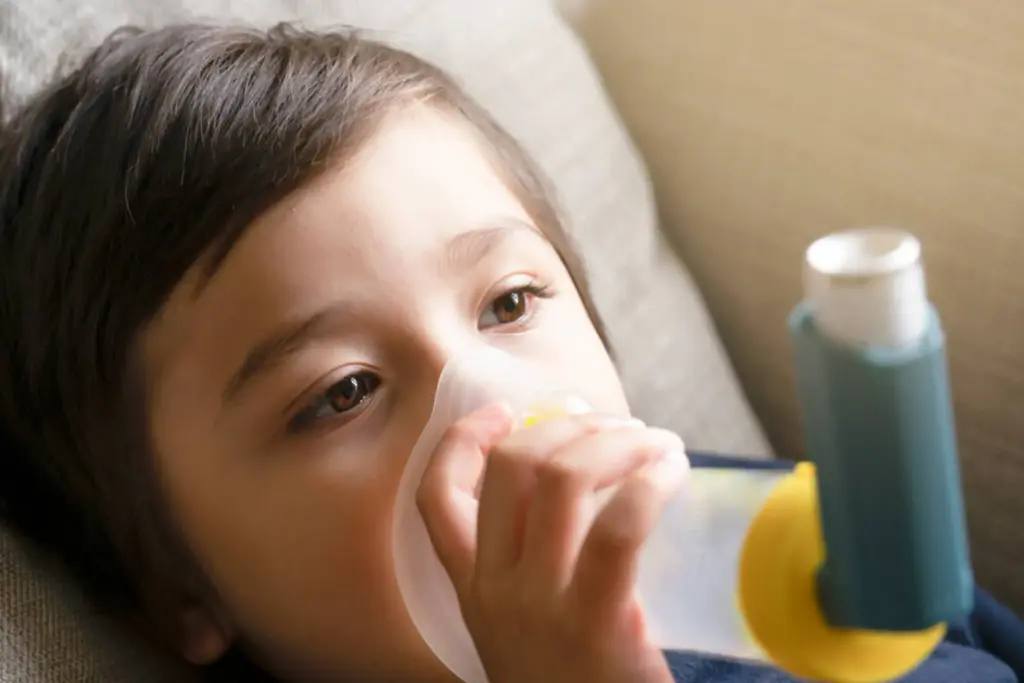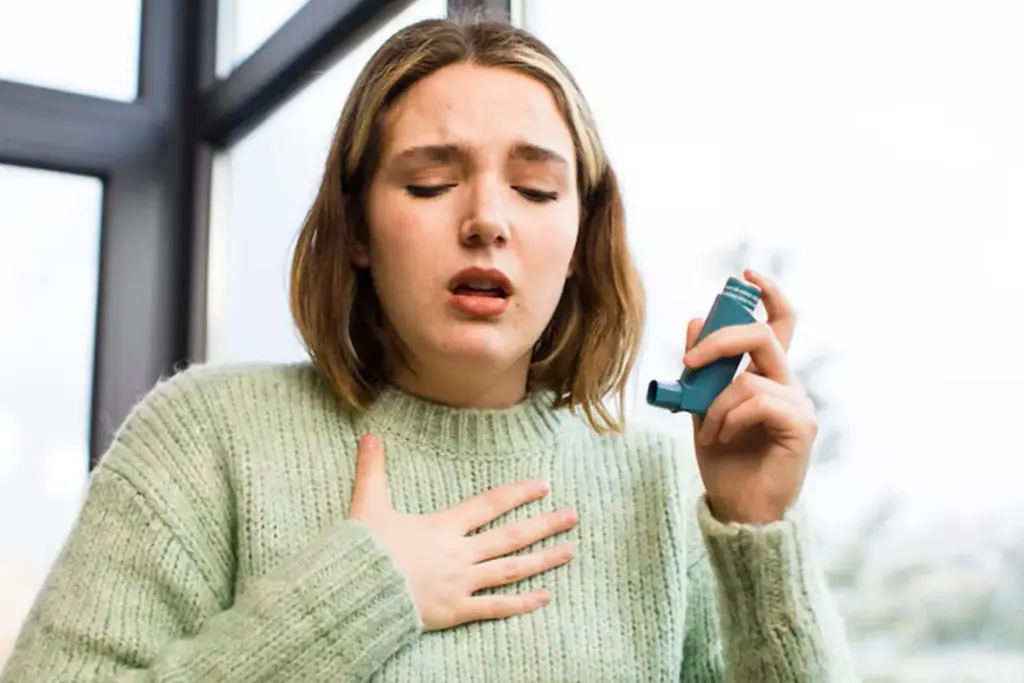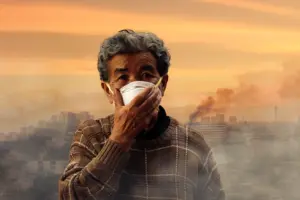
Asthma in Children vs Adults: Asthma is a common lung condition that makes breathing difficult. While both children and adults can develop asthma, the way it appears, how it’s managed, and how it affects daily life can be quite different. Understanding these differences can help in spotting symptoms early and managing them effectively.
What is Asthma?
Asthma is a long-term condition where the airways in the lungs become inflamed and narrow, making it hard to breathe. It often causes coughing, wheezing, chest tightness, or shortness of breath. Symptoms may come and go and can be triggered by cold air, exercise, allergens, or infections. A sudden worsening of symptoms is called an asthma attack.
Also Read | What triggers asthma? How to spot and avoid them at home and work
Asthma in Children
Most children with asthma show symptoms before the age of five. At times, it’s difficult to tell if it’s asthma or just repeated colds, since young kids often wheeze when they get sick. Common triggers include viral infections, pollen, pet dander, cold weather, or physical activity.
Children may not always describe their symptoms clearly. Instead, they may seem unusually tired, cranky, or disinterested in playing, especially after exercise or illness. Parents need to watch for these subtle signs.
Asthma in Adults
Adults usually don’t “outgrow” asthma. In fact, while children may see their symptoms lessen with age, adult asthma often persists. Symptoms in adults can sometimes resemble chronic bronchitis, heart problems, or other lung issues, making diagnosis more complicated.

Triggers for adults may include workplace irritants like chemicals or fumes, stress, or hormonal changes. Flare-ups can take longer to recover from, and long-standing asthma may lead to increased airway sensitivity or even lung damage.
How to treat asthma?
The cornerstone of asthma treatment for both children and adults is the use of inhalers. Reliever inhalers provide quick relief during sudden attacks, while preventer inhalers are used regularly to keep symptoms under control. In children, inhalers are often paired with a spacer device to ensure the medicine is delivered effectively. Dosages are also carefully tailored to a child’s age and weight. Adults, on the other hand, may need a combination of medications and often require additional treatment for other health conditions such as allergies or acid reflux.
Tips to better manage asthma
- Keep a diary of triggers to identify and avoid them (smoke, dust, pollen, strong odours).
- Take medication exactly as prescribed, even when feeling well.
- Stay active; exercise is healthy, but warm up properly and use a reliever inhaler if advised.
Also Read | Is your home hurting your lungs? The hidden dangers of indoor air pollution
Asthma is a serious but manageable condition. With the right treatment, both children and adults can lead full, active lives. Recognising how asthma presents differently across ages is the first step to ensuring proper care and preventing flare-ups.








